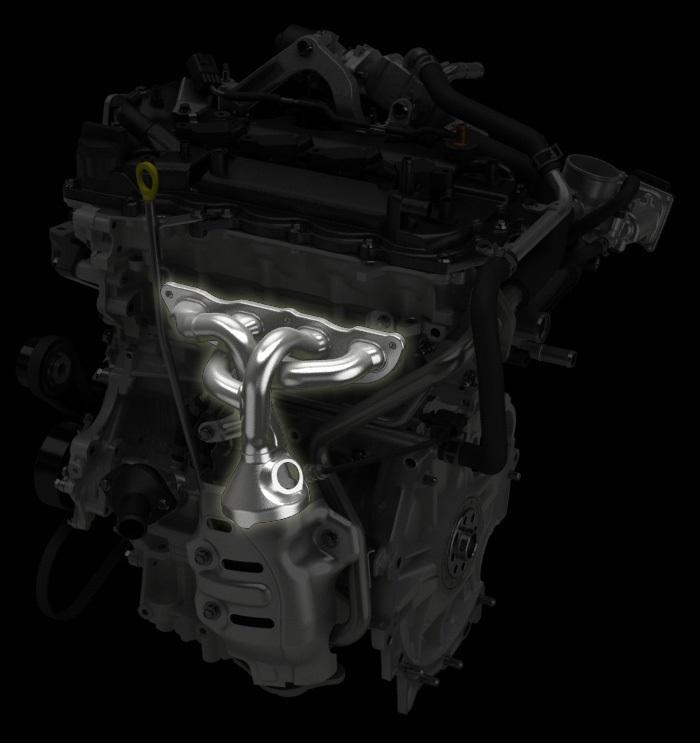
Yesterday we brought you the news that Toyota released some information for their new generation of high efficiency naturally aspirated engines.
After research we come out with some analysis and our viewpoint:
1. Most of the technologies are borrowed from previous higher level products (not necessarily within the Toyota Group only). For example the VVT-iE valve system, previously appear on the 1UR V8 engine, which is used on Lexus LS460 and IS-F.
2. The 1.3L is a 4-cylinder engine, while the 1.0L is 3-cylinder. Pay attention to the difference in their compression ratio. Why the 1.3L has 13.5:1 and the 1.0L only gets 11.5:1. A simple calculation will tell you both engines have very similar per cylinder displacement. theoretically speaking the 1.0L can also has the high 13:5:1 compression ratio without any technical difficulty. But why Toyota choose not to do this?
Without any further information from Toyota, here is our own reasoning: if the 1.0L engine keep using the Atkinson cycle for all the time, then the output will probably be too low to meet high load requirements in situations such as passing, merging into highway traffic. Therefore the 1.0L 3-cylinder engine may be working similar to the RC-F’s V8 engine: in normal situation it works in Atkinson cycle; in high output demand case it will switch back to the Otto cycle. Therefore it cannot use the compression ratio as high as the 1.3L engine.
For the 1.3L engine, because it has enough output, it will work in the Atkinson cycle all the time, so it can utilize a much higher 13.5:1 compression ratio.
3. The 1.3L engine has a 4-2-1 exhaust system, which is usually reserved for performance engines. The reason why Toyota use this higher cost design may be a compensatition to the lower volumetric efficiency of these Atkinson cycle engines. If you are not familiar with the term “4-2-1 exhaust”, here is a very good tutorial. Below is what the exhaust manifolds in these Toyota new engines look like. This design is a true selling point.
4. Generally speaking, the 1.3L and 1.0L engines have technologies that are previously available in higher-end engines. The purpose is to lower the emission, enhance the fuel efficiency but keeping the similar output and performance at the same time.




Recent Comments